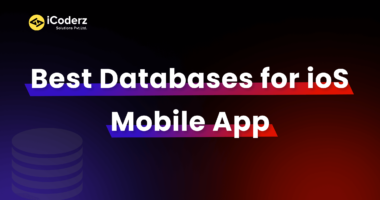Table of Contents
“User experience” is the number one priority for any company today. As a developer, anytime you get a brief on your project, it’ll talk about the simplicity of the interface it needs to have. No matter how complicated functions and operations are in the background, what users will see and experience has to be seamless. That’s the principle that successful companies use- Netflix, Facebook, Instagram, etc.
Take any of these websites and you will find they are powerful and simple. They have a brilliant UI thanks to Most Popular Frontend Framework that run in the background. But with customers constantly demanding better UX, more and more problems arise.
Web Development is a complex process. With so many technologies available, you have to be sure that your choice of Top front-end frameworks doesn’t constrain you from accessing the features and tools that you need for your project. However, with a little research into the best frontend frameworks for web development in 2024, you’ll know exactly what to look for and which frameworks to avoid!
Why use a Front-end Framework for Web Development?
There are many reasons to use a framework when developing a website. They also make it easier to reuse code and maintain and update your code over time.
In addition, these most popular front-end frameworks can help improve the performance of your website and can make it easier to create responsive designs that work well on mobile devices. And using a framework can also help reduce the amount of code you need to write, making Mobile App Development faster and easier.
8 Best Frontend Frameworks For Web Development
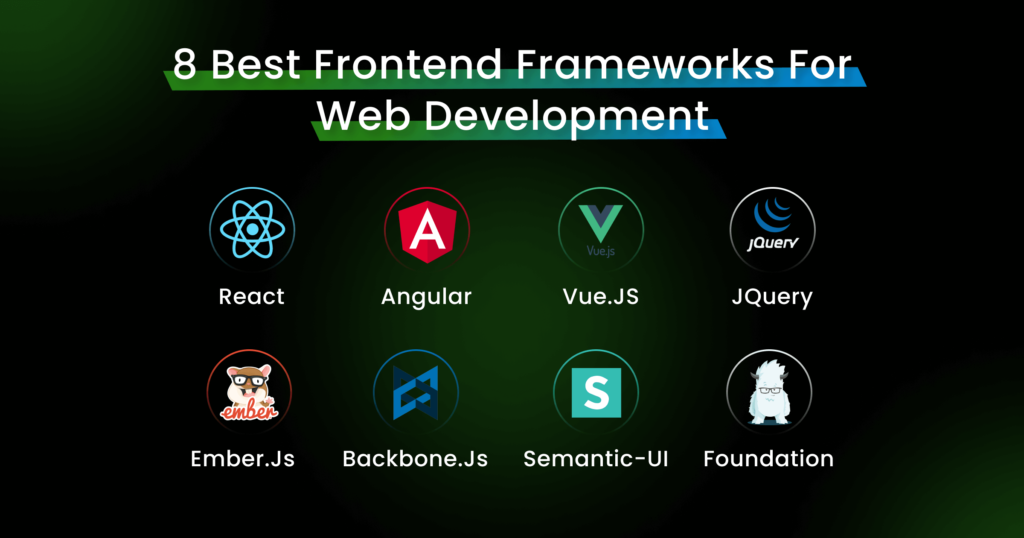
1. React
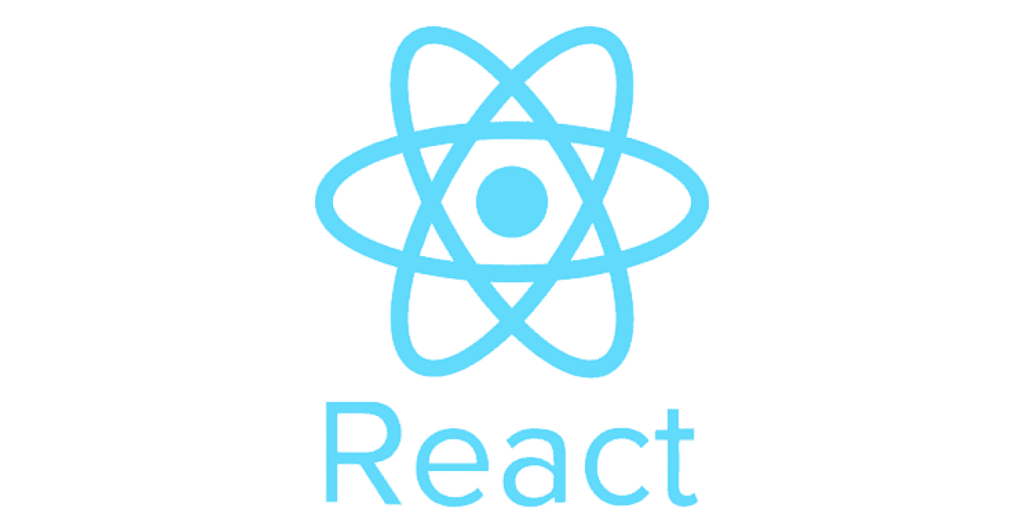
One of the simplest frameworks to learn is React, developed at Facebook for fixing code maintainability issues. Because it was developed by Facebook, React also has excellent functionality when it comes to virtual DOMs. If you anticipate heavy traffic and want a stable platform to handle it, then React may be a good choice for you.
React is ideal for SPA and PWA projects. The reason for this is two-fold. First, React provides the most straightforward path to component-based code that’s renderable at the DOM level. Secondly, React is a minimal abstraction layer over raw JavaScript, which might be preferred for some Hire React Developers without deep experience in browser programming implementations.
Pros:
- The reusability of components is a major advantage to collaborative work and component reuse.
- A website must perform well without any interruptions. We’re committed to seamless performance and using the virtual DOM ensures reliability for your visitors.
- Without any additional tools like class syntax, React Hooks can make it easier to learn React and allows you to write components with less code to maintain.
- The React Dev tools give developers a powerful set of advanced tools to optimize their work.
Cons:
- One of the major challenges faced by WordPress developers is documentation. Due to constant framework updates, it becomes difficult to provide accurate documentation and this hurts those just starting.
- Developers often find it tough to understand all of the complexities associated with JSX when starting with React.
- This doesn’t offer any backend solutions.
2. Angular
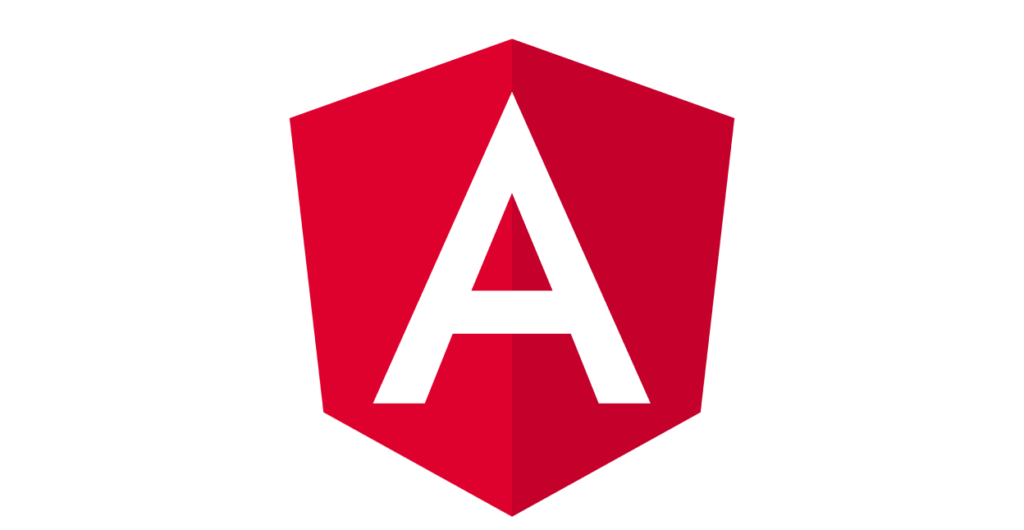
Angular is a Best JavaScript Framework that supports two-way data binding and more. In this sentence rewriter demo, the rewritten sentences will appear on the left side of the picture below.
Although React is the most popular front-end development framework on this list, Angular cannot be ignored. Angular is the only framework created by Google to bridge the gap between the increasing demands of technology and conventional concepts.
Officially launched in 2016, Angular was designed to help businesses keep up with growing technological advances.
Angular’s two-way data binding is a unique feature that means the models and views are synchronized in real-time. This works both ways, so any changes to the model will be reflected in the view, and vice versa.
Angular Development is perfect for your mobile app or web application! If you’re looking to upgrade your current app, this is the framework for you. Besides, Angular has applications like BMW, Microsoft Xbox and Forbes. These big-name companies trust Angular with their projects.
Pros:
- The ability to go back and edit either code without losing the changes made in one facility
- The library of AngularJS lets you focus on the higher-level concepts without having to worry about the more mundane tasks. This includes two-way data binding and eventing, which is provided by default.
- A decoupled system is one that’s composed of independent elements, or components. These components then communicate with each other over a network and aren’t always dependent on another component.
- Components are reusable and easy to manage because they’re managed through dependency injection.
- There is always someone to answer your questions in our robust community centre.
- Angular Hero is a guide for CTOs to help them build their AngularJS-based application.
Cons:
- Angular is a dynamic and complete solution that has multiple ways to achieve the same task, so it’s harder to learn than other frameworks. However, Angular has a huge community of experts which makes it easier for new learners to learn about concepts and technology.
- It happens that sometimes dynamic apps don’t perform as well because of their complex structure and size. However, code optimization and best practices from Angular.
➡️ Want to Hire Angular.js Developers for your Project?
3. Vue.JS

One of the Best Frontend Frameworks today is Vue.js, which has experienced increased popularity as Angular becomes more difficult to use. It offers two major advantages – it handles ‘visual DOM’ and component-based interfaces well. It also does the 2-way binding.
When it comes to developing web applications and mobile apps, Vue is an all-in-one solution. It’s easy for beginners to pick up, but that doesn’t mean that it can’t handle the complexities of more advanced projects.
Vue.js is a rapidly growing framework that continues to be adopted, even though it’s not widely popular among Silicon Valley giants. Alibaba, 9gag, Reuters and Xiaomi have been using Vue for more than a year now. Despite its lack of popularity with major market companies, Vue has still managed to achieve 1.1 million monthly downloads from these creatives.
Pros:
- A detailed and extensive guide
- Easy syntax – programmers with a javascript background can easily start with Vuejs
- If you want to design the app’s structure, we have flexibility.
- LiveScript support
➡️ Prefer Hiring the Best Vue.js Developers from India?
Cons:
- Instabilities caused by components
- Although there are comparatively few people in this community.
- One of the biggest challenges that our developers face is language barriers. Most plugins and components are written in Chinese and English translation is difficult to find.
4. jQuery
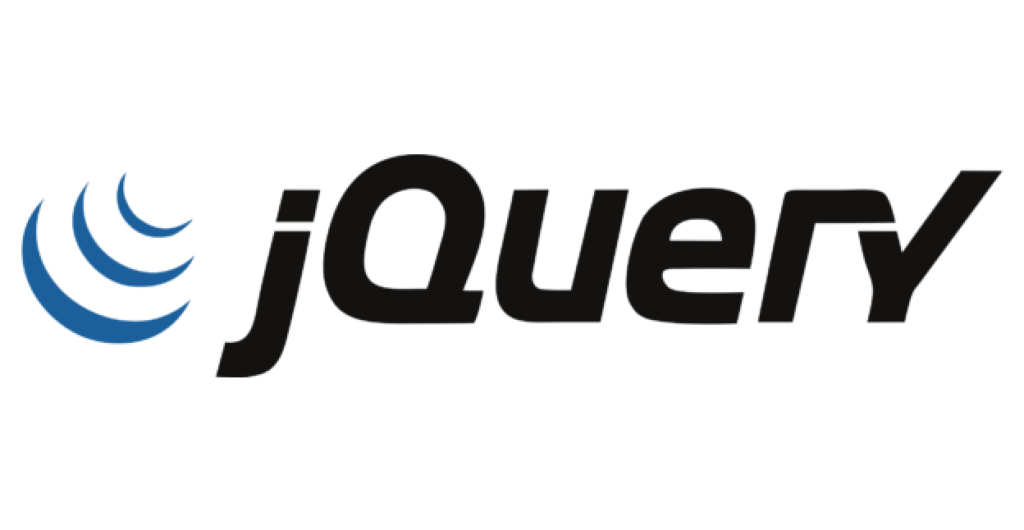
jQuery is a front-end framework that was introduced in 2006. Even though it’s old in the world of tech, what makes it stand out is how relevant it still is. With jQuery, you can use simplicity and ease to use while also making less work for yourself by needing to write extensive JavaScript codes.
jQuery has been around for a long time and there’s a sizeable jQuery community available to help you with any solutions you might need.
jQuery is a great tool for manipulating web content, like CSS and DOM. It can also be used to optimize the functionality of web pages and provide a smoother user experience.
jQuery’s UI system, jQuery Mobile has come a long way, now making it possible to build native mobile apps. In addition, recent developments within this framework enable users to create HTML5-based user interfaces with jQuery Mobile. Even if your goal is to make a website accessible on all browsers, the fact remains that jQuery is a cross-browser-compatible JavaScript framework.
Pros:
- DOM is flexible. By adding or removing elements, you can do simple modifications to the code.
- SENDING HTTP REQUESTS IS EASY
- It’s easy to make HTTP requests.
Cons:
- Comparatively, this method is rather slower than the other methods.
- jQuery is powerful, but some other advanced and Popular Front-end Frameworks exist.
5. Ember.js

Ember has Javascript syntax as its base and, in the true spirit of JavaScript, one can do just about anything in Ember.
Emberjs has been built with an efficient architecture to handle the demands of modern-day technology. Ember is designed around components and offers two-way data binding like Angular. The 2012 framework is a perfect choice for handling user interfaces and can handle all the quick and responsive needs of even the most complex mobile applications.
Although Ember may have a higher learning curve, there are also some great benefits. One of the main benefits is that most Ember apps can be created with just one person. That’s because they don’t require a lot of back and forth between Hire UI//UX Designers and developers, and the framework itself is designed in a very rigid and conventional way.
Pros:
- This is the fastest framework in town.
- A two-way data binding can be connected to any given object, and when the property of that object is updated, the UI is automatically been updated with that new information.
- After providing a final article to your client or supervisor, you should provide thorough documentation that outlines the process for requesting revisions and for the approval of future blogging content.
Cons:
- A small community is less popular.
- Complex syntax and laggy updates
- Lots of complex information to keep in mind
- This framework is for small applications.
➡️ Top 5 Front-end Web Development Tools For Enhancing Productivity
6. Backbone.js
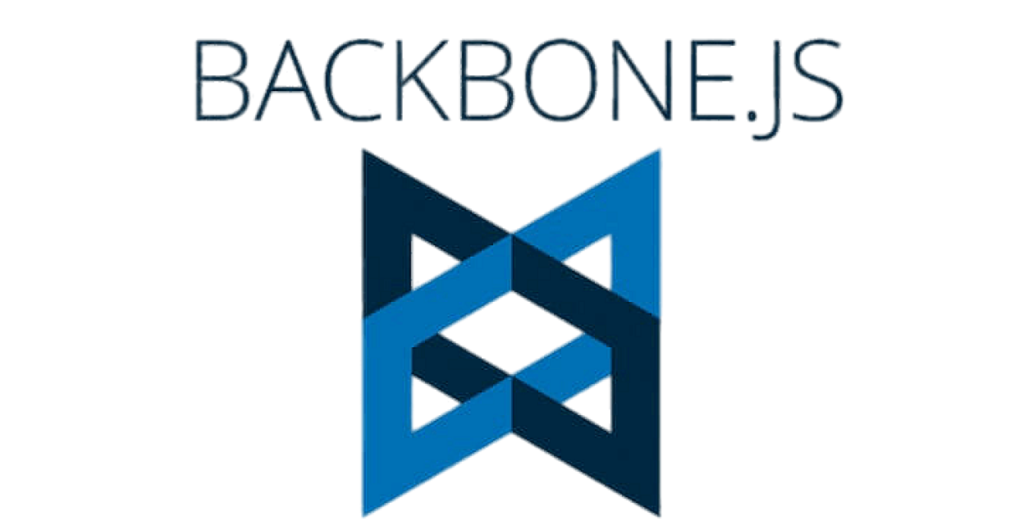
One of the fastest-growing frameworks on the market, Backbonejs is used to create single-page applications. With support from the MVC architecture, you can quickly develop your application. Similar to a Controller, MVC’s View lets you put logic into components in your view.
In the past, this framework has been paired with a variety of engines like underscore.js and Moustache. If you’re building an application with Backbonejs, you may also want to use tools such as Thorax, Marionette, Chaplin, or Handlebars to get the most out of Backbonejs.
It is versatile and can be an excellent choice whether you need Backbonejs for frontend or backend. Its API provides a seamless synchronization between the two, allowing you to use it on either one.
Pros:
- Learning is easy
- Fast mobile
Cons:
- The Basic Tools plugin is good for those looking to create a basic app, but it won’t provide any frameworks or readymade structures.
- When you have a view, you need to communicate with it using boilerplate code. This is the same for a model and a view.
7. Semantic-UI
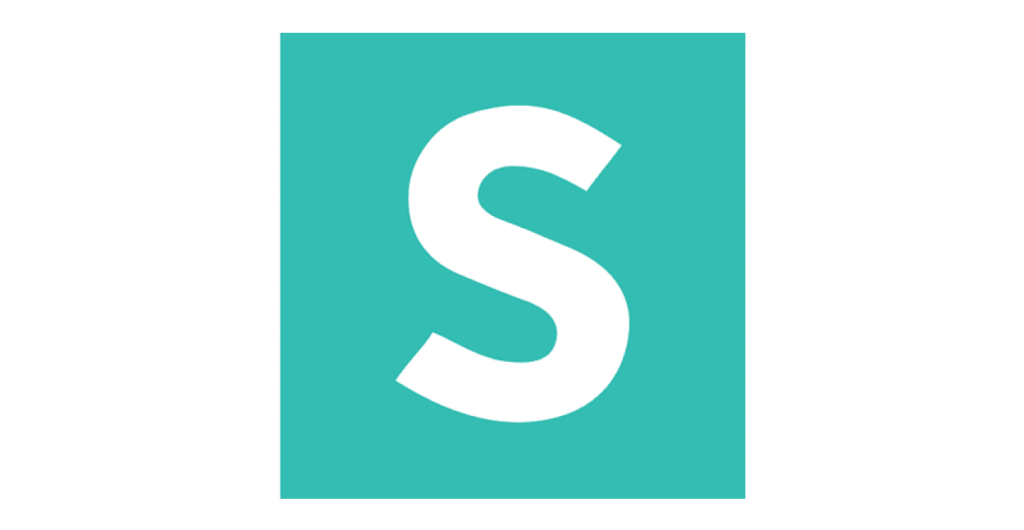
Semantic-UI is a CSS framework that aims to ease the creation of both simple and complex UIs.
Semantic-UI is quickly becoming a Best front-end framework across the world. What sets it apart from the rest is its natural language and intuitive user interface. It also includes self-explanatory codes that take away any language barriers between Hire Web Developers.
One of the reasons why many people choose the Vue framework is that it’s really easy to learn. You don’t need any experience coding in JavaScript or HTML to get started. The framework also allows for a streamlined Mobile App Development Process since it integrates with tons of 3rd party libraries.
Pros:
- Among the newest front-end frameworks, you can find AngularJS.
- It has features that allow you to manage your business flow more effectively.
- Browse our creative out-of-the-box templates to see what we’re capable of. We also have Rich UI components and responsive designs.
Cons:
- Better packages
- This article is not suitable for inexperienced disciples who don’t know anything about javascript.
- A requirement that cannot be met with our standard services
8. Foundation

So far, we’ve seen two different front-end frameworks that were more suitable for beginner developers. With Foundation, it’s quite different. Developed by Zurb, Foundation is intended strictly for Enterprise-level Solution Development of responsive and agile websites. It is challenging and advanced for beginners to start developing applications using Foundation.
It offers GPU acceleration for smooth animations, mobile rendering features that make browsing on the go quick, and data-interchange attributes that load lightweight content for mobile devices and full articles for desktops. It’s also used by Mozilla, eBay, Microsoft, and other major corporations to power their websites.
Pros:
- The flexible grid
- Our website builder gives you the tools to create a great-looking site.
- HTML5 form validation library.
- Privacy and security for your data
Cons:
- Difficult to learn for beginners
- There are fewer community forums and support networks for Reddit’s userbase to gather
- The framework of Twitter Bootstraps is more popular than that of Foundation.
Conclusion
The frontend landscape is always changing, and it can be tough to keep up with the latest trends. That’s why we’ve compiled a list of the best front-end frameworks for web development in 2023. Whether you’re looking for a framework that will make your Web Development Process easier or one that will help you create cutting-edge user interfaces, we’ve got you covered. So take a look at our list and see which framework is right for you.




